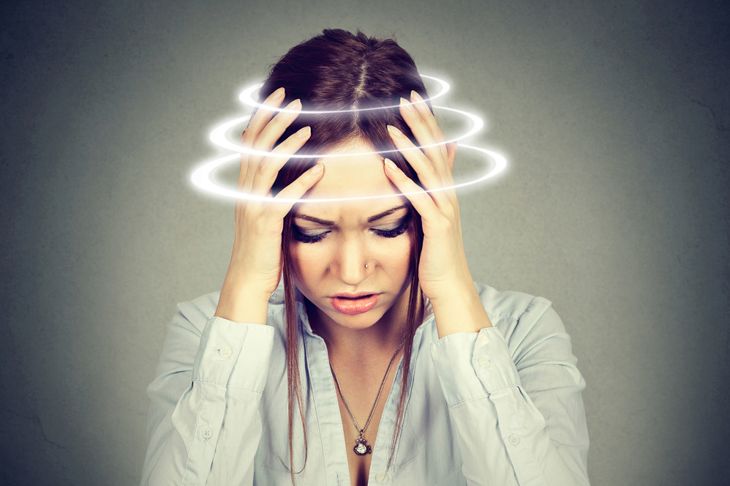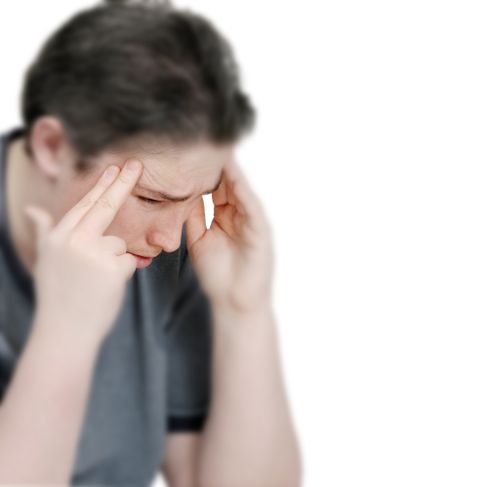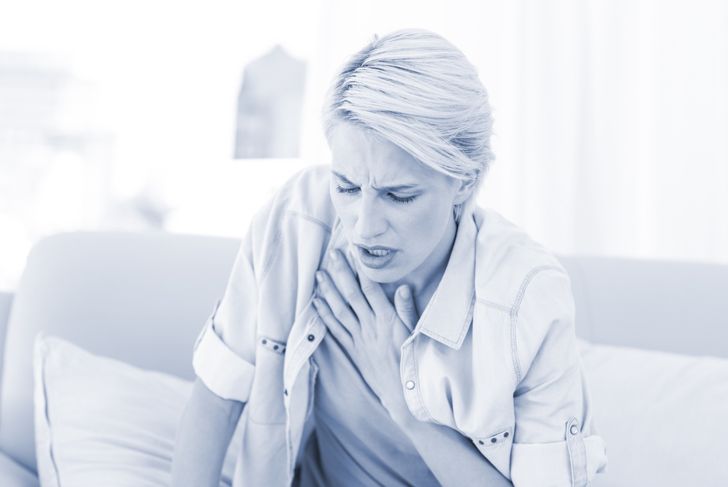Hypotension or low blood pressure occurs when systolic pressure is below 90, and diastolic pressure is below 60. Low blood pressure indicates inadequate blood flow to the vital organs, including the heart and brain. For healthy people, low blood pressure is typically short-lived and does not lead to long-term issues. Causes of low blood pressure include loss of blood, low body temperature, sepsis, heart disease, medication, dehydration, and allergic reactions.
Dizziness or Lightheadedness
When a person feels dizzy or lightheaded after standing quickly, they have experienced a sudden drop in blood pressure. Low blood pressure indicates insufficient oxygen flow to the vital organs. When the brain has reduced oxygen, it cannot function properly and orthostatic hypotension or postural hypotension results. Orthostatic hypotension is a form of low blood pressure that develops when you stand up from sitting or lying down. If lightheadedness persists or happens regularly, the individual should see a doctor.
Blurred Vision
Blurred vision after standing up or during strenuous activity is another symptom of orthostatic hypotension. This is especially common among older adults and raises concerns about a traumatic fall. Pregnant women also commonly experience symptoms of low blood pressure and should take extra care when rising from a sitting position.
Weakness
Weakness throughout the body indicates that the organs and limbs are not receiving adequate oxygen, a sign of low blood pressure. A person who experiences blood loss accompanied by weakness probably has low blood pressure and may be in danger of going into shock. Shock is a medical emergency that results from dangerously low blood pressure and a lack of oxygen. Shock may result in permanent organ damage or even death.
Nausea
Nausea is a symptom of low blood pressure and may accompany long-term hypotension and fatigue. Nausea and vomiting or diarrhea together may result in hypotension due to loss of fluids. Severe nausea with other symptoms (and not due to a known cause such as pregnancy) requires immediate medical attention. Anyone experiencing vomiting or diarrhea should drink plenty of fluids to prevent dehydration.
Fatigue
Studies tie systemic hypotension with persistent fatigue. When accompanying other symptoms of low blood pressure, fatigue can indicate a serious underlying problem. Anyone who experiences constant fatigue or tiredness without a clear cause such as insufficient sleep should make an appointment with a doctor.
Fainting or Syncope
A rapid drop in blood pressure can result in loss of consciousness due to inadequate blood flow to the brain and reduced oxygen supply and is medically known as syncope. Even a brief lack of these essential components can result in dizziness, lightheadedness, or loss of consciousness. A person experiencing severe orthostatic hypotension may feel dizzy or lose consciousness because of reduced blood volume, or hypovolemia, a common causes of hypotension. Common causes are hemorrhage, dehydration, starvation, and excess fluid loss.
Confusion
Confusion and disorientation indicate an individual is not receiving adequate oxygen to the brain, and this is always a medical issue. Long-term low blood pressure can be life-threatening, so a doctor should investigate any recurring or lasting symptoms.
Cold, Clammy, and Pale Skin
When blood pressure is dangerously low, the body compensates by constricting blood vessels in the extremities to help maintain normal blood pressure to the vital organs. This results in less blood to the arms and legs. This symptom, which results in cold, clammy, and pale skin, can indicate the onset of shock in severe instances.
Rapid, Shallow Breathing
Rapid, shallow breathing is a medical emergency and a possible sign of shock. Low blood pressure indicates an individual is not receiving proper oxygen supply throughout the body; rapid breaths are the body’s way of attempting to increase the oxygen to which it has access, to reoxygenate the red blood cells and deliver this blood to the vital organs.
Weak Pulse
A weak pulse is considered a medical emergency. It indicates that the heartbeat is weak, and could point to very low blood pressure and impending shock. This symptom often follows blood loss due to excessive bleeding. Some people live with low blood pressure their entire lives, and they are perfectly healthy. Other times, low blood pressure indicates a more serious underlying medical condition. Anyone exhibiting symptoms of low blood pressure should speak to a doctor to confirm or rule out a health condition.

 Home
Home Health
Health Diet & Nutrition
Diet & Nutrition Living Well
Living Well More
More




















